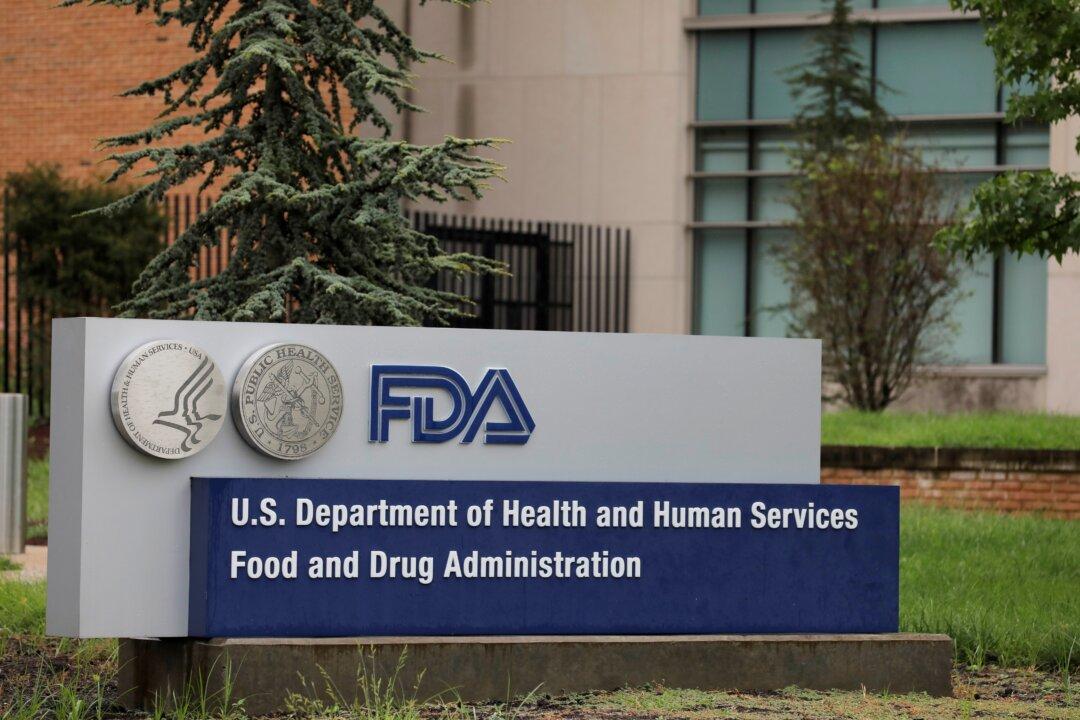Consumer Reports has criticized the U.S. Food and Drug Administration’s (FDA) final guidance on limits for inorganic arsenic in apple juice, citing concerns about the health risks to children.
The FDA issued its final guidance on June 1, setting the action level for inorganic arsenic in apple juice at 10 parts per billion (ppb), a level initially proposed in 2013.





